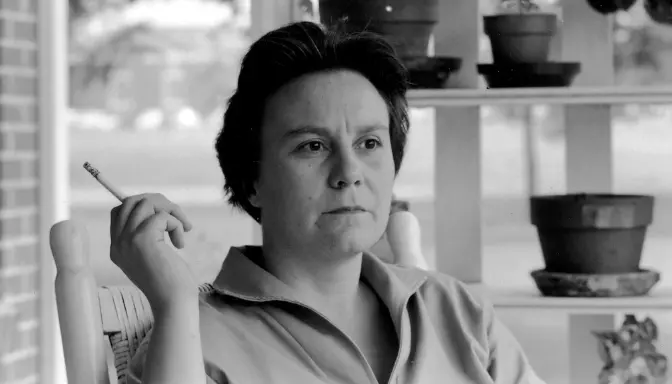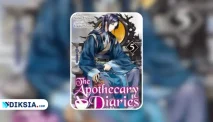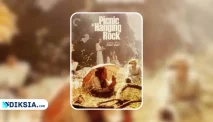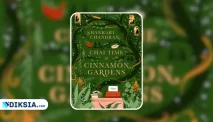The Harlem Renaissance was also influenced by and connected to other movements and events around the world, such as the civil rights movement, the rise of Nazi Germany, and the new Southern writers.
The Harlem Renaissance was sparked by the Great Migration, which was the mass movement of millions of African Americans from the rural South to the urban North in search of better opportunities and freedom from racial oppression.
Harlem became a destination and a symbol for many of these migrants, who formed a vibrant and diverse community that attracted artists, intellectuals, activists, and patrons.
Some of the prominent figures of the Harlem Renaissance were Langston Hughes, Zora Neale Hurston, James Weldon Johnson, Claude McKay, Countee Cullen, Alain Locke, W.E.B. Du Bois, Marcus Garvey, Louis Armstrong, Duke Ellington, Bessie Smith, Josephine Baker, Paul Robeson, Aaron Douglas, Augusta Savage, Jacob Lawrence, and many others.
The Harlem Renaissance produced a rich and diverse body of work that explored various aspects of African American culture, history, identity, and experience. Some of the themes and topics that were addressed were racial pride and self-assertion, the legacy of slavery and colonialism, the realities of urban life and poverty, the challenges of racism and discrimination, the quest for civil rights and social justice, the influence of African and Caribbean heritage and traditions, the role of religion and spirituality, the expression of sexuality and gender roles, the celebration of music and dance, the critique of stereotypes and myths, and the vision of a new future.
The Harlem Renaissance also experimented with different styles and forms of artistic expression, such as jazz music, blues poetry, modernist painting, folk art, realism, surrealism, satire, humor, dialects, oral traditions, and more.
The Harlem Renaissance had a significant impact on American culture and society. It challenged the dominant white narratives and representations of African Americans and offered alternative perspectives and voices.






